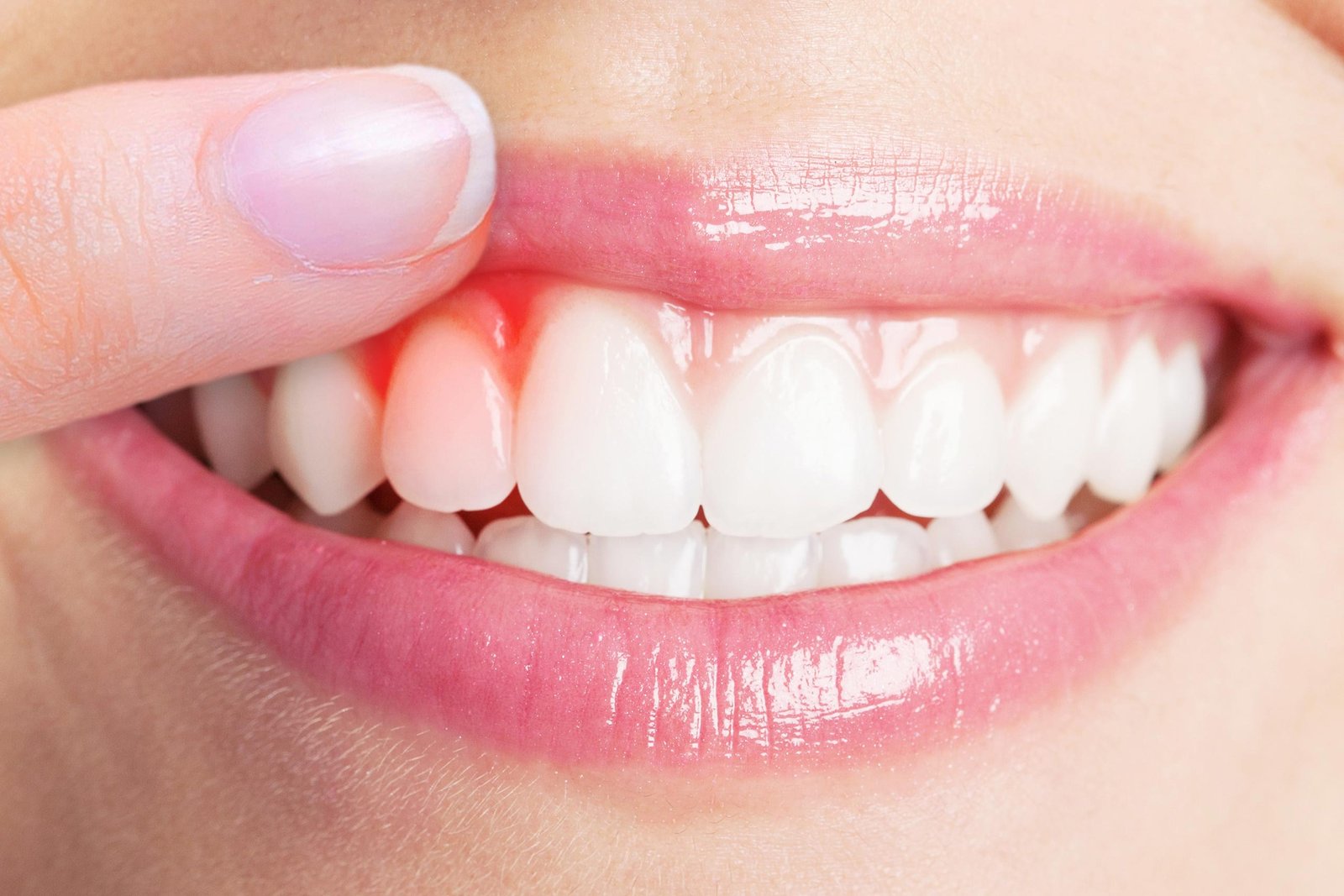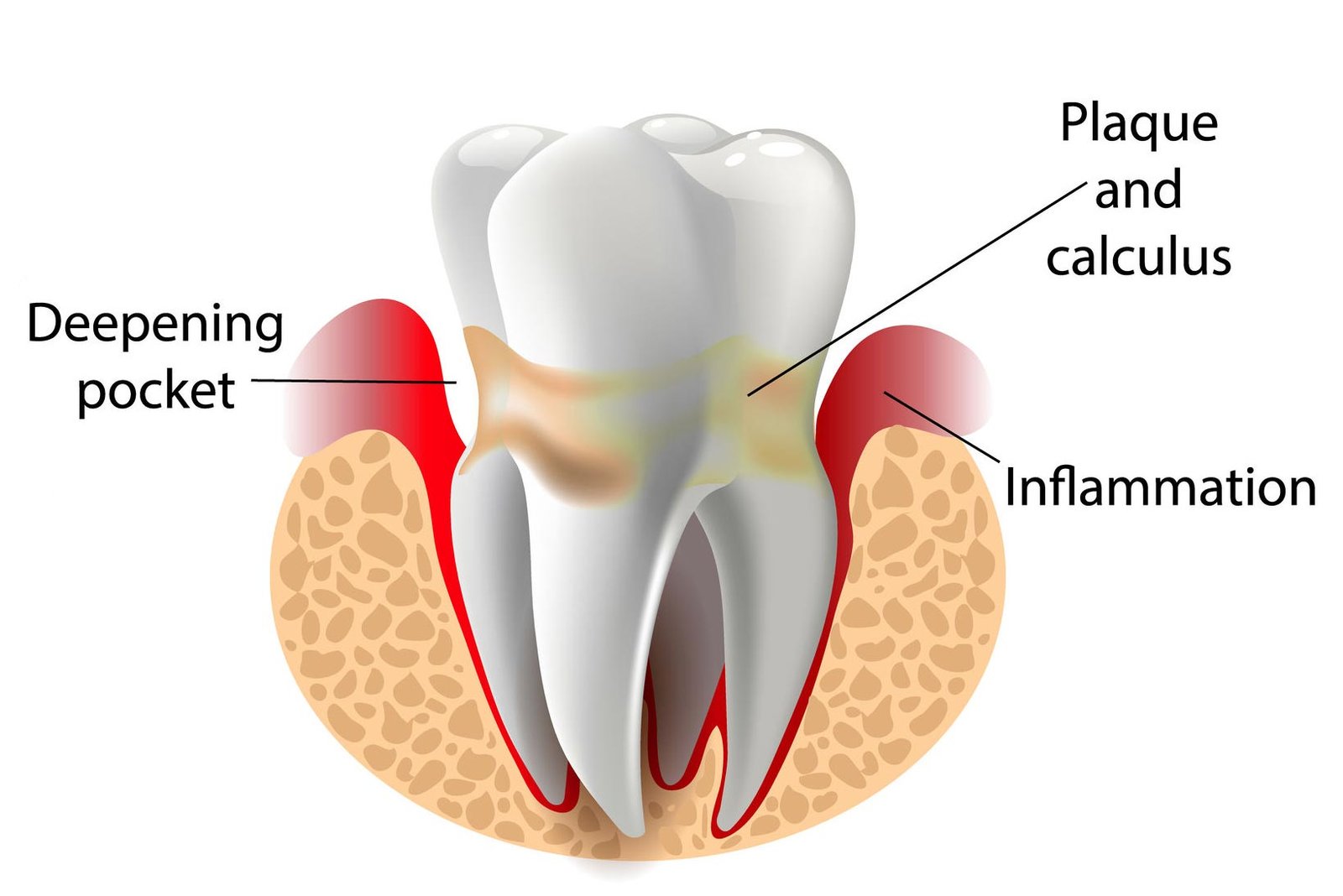It begins with bacterial growth in your mouth and if not treated may end with tooth loss due to destruction of the tissue that surrounds the teeth
Gingivitis, also generally called gum disease or periodontal disease, begins with bacterial growth in your mouth and may end – if not properly treated – with tooth loss due to destruction of the tissue that surrounds your teeth.
Gingivitis (gum inflammation) usually precedes periodontitis (gum disease). However, it is important to know that not all gingivitis progresses to periodontitis.
In the early stage of gingivitis, bacteria in plaque build up, causing the gums to become inflamed and to easily bleed during tooth brushing. Although the gums may be irritated, the teeth are still firmly planted in their sockets. No irreversible bone or other tissue damage has occurred at this stage.
When gingivitis is left untreated, it can advance to periodontitis. In a person with periodontitis, the inner layer of the gum and bone pull away from the teeth and form pockets. These small spaces between teeth and gums collect debris and can become infected. The body’s immune system fights the bacteria as the plaque spreads and grows below the gum line.
Toxins or poisons – produced by the bacteria in plaque as well as the body’s “good” enzymes involved in fighting infections – start to break down the bone and connective tissue that hold teeth in place. As the disease progresses, the pockets deepen and more gum tissue and bone are destroyed. When this happens, teeth are no longer anchored in place, they become loose, and tooth loss occurs. Gum disease is the leading cause of tooth loss in adults.
During a dental exam, we typically check for these things:
The goals of gum disease treatment are to promote reattachment of healthy gums to teeth; reduce swelling, the depth of pockets, and the risk of infection; and to stop disease progression. Treatment options depend on the stage of disease, how you may have responded to earlier treatments, and your overall health. Options range from nonsurgical therapies that control bacterial growth to surgery to restore supportive tissues.
Pocket therapy is a treatment carried out with the use of laser in order to treat the gum diseases stated above. Upon the cleaing of plaque, the internal areas of the gums are scanned with a laser and the treatment of gum diseases is accelerated.

